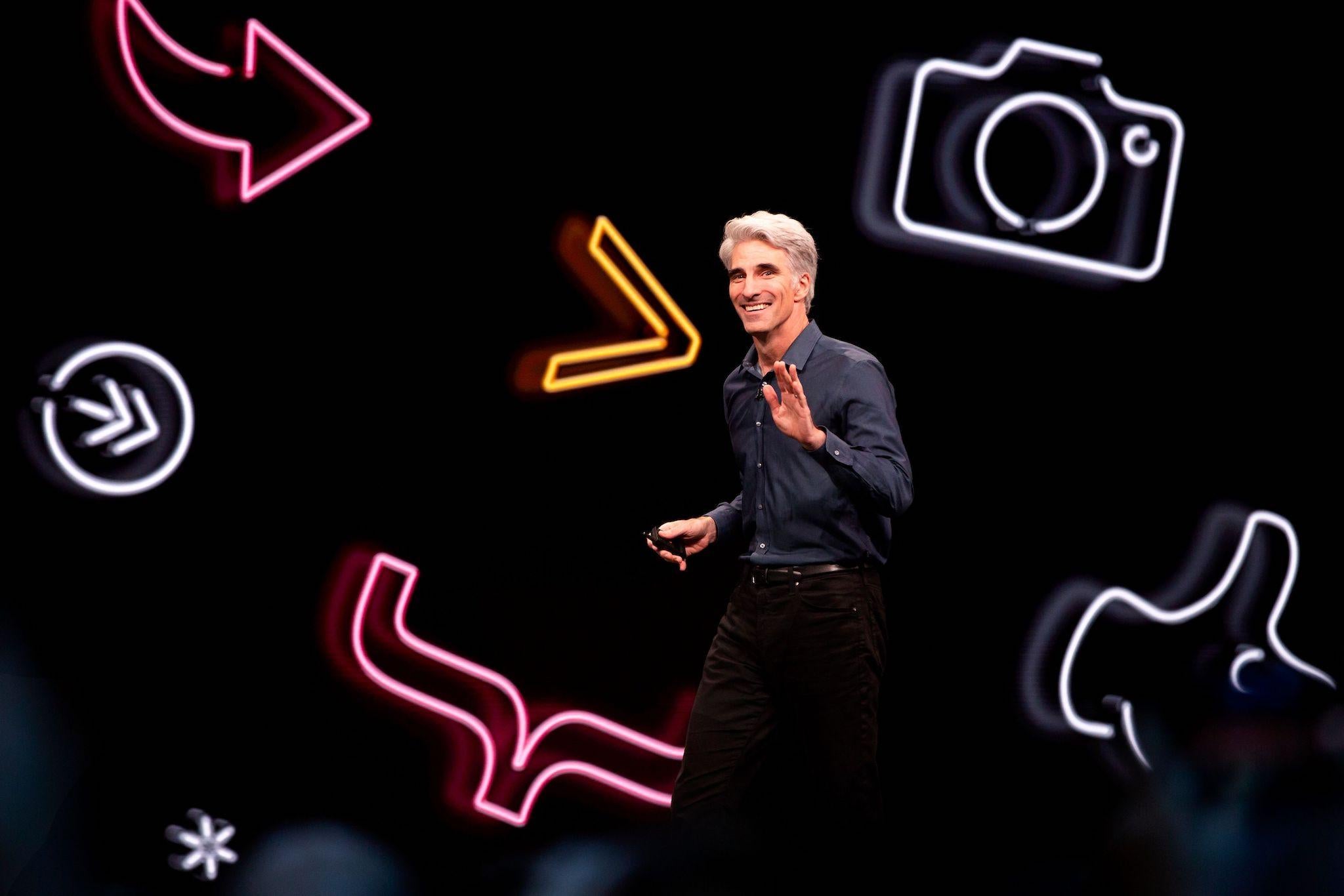iOS 13: The hidden features inside latest iPhone update
Minor tweaks remove many of the most frustrating bits of the operating system

Apple has revealed iOS 13, the next major update for the iPhone.
The software brings a host of changes, performance improvements and smaller tweaks, it said this week at its Worldwide Developers Conference.
Apple spent the big keynote presentation revealing many of the update's biggest features: a dark mode that turns the screen black, redesigned versions of apps including Reminders, and more.
But often some of the most exciting parts of new operating systems are the hidden and more minor changes that come to the phone. Some are just minor fixes for long-term annoyances, while others add features that might not be spectacular but alter the way you use your phone.
The new update won't fully arrive until the autumn. But users will be able to get their hands on an early version next month, when the iOS 13 beta opens.
Here's a collection of some of those exciting but hidden updates.
Optimised battery charging
This is the kind of feature that might make no immediate difference to your life – but could bring substantial improvements over the long term.
Apple's description of the feature, found in settings, reads: "To reduce battery ageing, iPhone learns from your daily charging routine so it can wait to finish charging past 80% until you need to use it".
In practise, this presumably means that the phone finds out when you tend to wake up and start using it. It will then know that it doesn't need to start charging to full until shortly before that, rather than staying at 100 per cent all through the night.
That should reduce the stress that the battery undergoes, by staying at full charge. And in turn that change should keep the battery in better health for longer, stopping its performance from reducing in time, as happens naturally.
Hide your location
Apple has a general commitment to privacy that has motivated many of the changes in this update: it gives people a way of signing in through Apple, for instance, and avoiding giving more data to Google and Facebook.
But one of the less obvious changes in the option to only share your location with an app one time, and forcing it to ask if it wants it again. That will allow you to show your location if required – if you're posting a photo that you want to be tagged with the restaurant you're in, for instance – but make sure that untrustworthy apps won't be able to look up where you are whenever you want.
Low data mode
Apple doesn't make clear how this works. But it's fairly clear what it does: it tries to cut down on the amount of data the phone will use.
It presumably switches various toggles that stops the phone connecting to the internet when it doesn't need to. Most likely that includes allowing apps to update in the background, for instance.
It will prove useful to anyone trying to keep their data usage low, such as when you are getting to the end of the free data in your contract or if you're on roaming in a foreign country.
Better volume indicator
This is less a positive new feature and more the removal of a negative one. The existing volume indicator – which pops up over videos as y
It's likely that this one might go missed, simply because a number of apps like Netflix have taken matters into their own hands and designed their own volume indicator. But those still using the system one should avoid getting their music interrupted, too.
The same change has happened with the indicator of whether the sound is on silent or not. It now just pops down from the top of the screen, rather than taking over the whole thing.
Improved messaging search
Searching through messages on the iPhone has always been a mess: texts don't show up in the search bar at all, or you can't click through to find the ones you want to look at.
Apple wants to improve this by making the process of searching a little easier. It will now suggests users you might be searching for, or links that people have recently sent and that you might want to have another look at.
Mouse support
This is perhaps the most hidden of all the hidden features: it marks a major change in the way iOS works, but it can only be found in the accessibility settings.
iOS – particularly the iPad, but it works on the iPhone – now allow you to navigate around by using a mouse. This has always seemed somewhat antithetical to the touchscreen philosophy, but users have long been asking for some version of it.
It is presented as an accessibility feature because it can be so useful to people who might otherwise find it difficult to use the touchscreen, such as those who find it difficult to be precise while navigating around. It could also prove likely to people who prefer not to crouch over when using their iPad at a desk, or if they are doing precise browsing that is best done by using a mouse.
Join our commenting forum
Join thought-provoking conversations, follow other Independent readers and see their replies
Comments
Bookmark popover
Removed from bookmarks